The oxidative decarboxylation is part of cell respiration and takes place in the mitochondria of the cell. The end product of the oxidative decarboxylation, acetyl-coA, is then processed further in the citric acid cycle.
What is Oxidative Decarboxylation?

Mitochondria are cell organelles that are found in almost all cells with a nucleus. They are also known as the power plants of the cell because they form the molecule ATP (adenosine triphosphate). ATP is the most important energy carrier in the human body and is obtained through aerobic breathing. Aerobic respiration is also called cell respiration or internal respiration.
Cell respiration is divided into four steps. Glycolysis takes place at the beginning. This is followed by the oxidative decarboxylation, then the citric acid cycle and finally the final oxidation (respiratory chain).
The oxidative decarboxylation takes place in the so-called matrix of the mitochondria. In short, pyruvate, which mostly comes from glycolysis, is converted to acetyl-CoA here. For this, the pyruvate, an acid anion of pyruvic acid, attaches to thiamine pyrophosphate (TPP). TPP is formed from the vitamin B1. The carboxyl group of the pyruvate is then split off as carbon dioxide (CO2). This process is known as decarboxylation. This creates hydroxyethyl TPP.
This hydroxyethyl TPP is then catalyzed by the so-called pyruvate dehydrogenase component, a subunit of the pyruvate dehydrogenase enzyme complex. The remaining acetyl group is transferred to the conenzyme A by means of catalysis by the dihydrolipoyl transacetylase. This creates acetyl-CoA, which is required in the following citric acid cycle. A multi-enzyme complex consisting of the enzymes decarboxylase, oxidoreductase and dehydrogenase is required for this reaction to proceed without interference.
Function & task
Oxidative decarboxylation is an indispensable part of internal respiration and, like glycolysis, the citric acid cycle and end-oxidation in the respiratory chain, serves to generate energy in the cells. To do this, the cells take up glucose and break it down as part of glycolysis. Two pyruvates are obtained from one glucose molecule in ten steps. These are a prerequisite for oxidative decarboxylation.
It is true that ATP molecules are also obtained during glycolysis and oxidative decarboxylation, but significantly fewer than in the following citric acid cycle. Basically, an oxyhydrogen reaction takes place in the cells during the citric acid cycle. Hydrogen and oxygen react with each other and with the release of carbon dioxide and water, energy is generated in the form of ATP. About ten ATP molecules can be synthesized per round of a citric acid cycle.
As a universal source of energy, ATP is vital for humans. The energy molecule is the prerequisite for all reactions in the human body. Nerve impulses, muscle movements, the production of hormones, all of these processes require ATP. The body produces around 65 kg of ATP per day in order to meet its energy requirements.
In principle, ATP can also be obtained without oxygen and thus without oxidative decarboxylation. This anaerobic lactic acid metabolism is, however, significantly less productive than the aerobic metabolism and also leads to the formation of lactic acid. In the case of heavy and prolonged exertion, this can lead to over-acidification and fatigue of the affected muscle.
Illnesses & ailments
One disease caused by a disorder in oxidative decarboxylation is maple syrup disease. Here the problem is not with the breakdown of glucose, but with the breakdown of the amino acids leucine, isoleucine and valine. The disease is inherited and often shows up immediately after birth. The affected newborns suffer from vomiting, breathing disorders up to respiratory arrest, lethargy or coma. High-pitched screaming, convulsions and an excessively high blood sugar level are also typical. The so-called 2-keto-3-methylvaleric acid is formed by the incorrect breakdown of the amino acids. This gives the urine and sweat of children the characteristic scent of maple syrup, which gave the disease its name. If left untreated, the disease quickly leads to death.
As already indicated, vitamin B1 (thiamine) plays an important role in oxidative decarboxylation. Without thiamine, the decarboxylation of pyruvate with the formation of acetyl-CoA is not possible. A severe B1 deficiency is the cause of beriberi disease.In the past, this occurred mainly on plantations or in prisons in East Asia, where people mainly ate peeled and polished rice, because vitamin B1 is only found in the husks of the rice grains.
Due to the lack of thiamine and the associated inhibition of oxidative decarboxylation, beriberi disease mainly leads to disorders in tissues that have a high energy turnover. These include the skeletal muscles, the heart muscle and the nervous system. The disease manifests itself in the form of apathy, nerve paralysis, enlarged heart, heart failure and edema.
Another disease in which oxidative decarboxylation is disturbed is type I glutaric aciduria. This is a rather rare hereditary disease. Those affected are initially without symptoms for a long time. The first symptoms then show up in the context of a catabolic crisis. Severe movement disorders occur. The trunk is unstable. A fever can also occur.
The early symptom of type I glutaric aciduria is macrocephaly, i.e. a larger than average skull. As soon as the first symptoms appear, the disease progresses rapidly. However, children diagnosed at an early stage have a promising prognosis and usually develop well with treatment. However, the disease is often misinterpreted as encephalitis, i.e. an inflammation of the brain.
The diagnosis of glutaric aciduria type I can be made quite easily using urinalysis. However, the disease is rare, so the symptoms are often misinterpreted and an examination for the disease is not initially carried out.

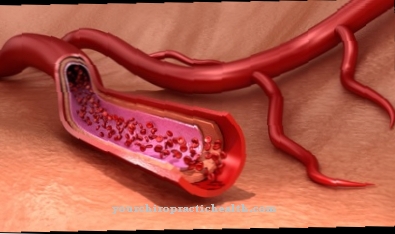
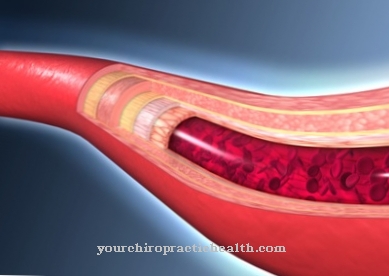
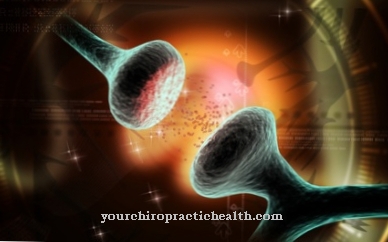
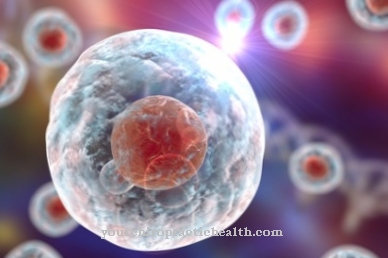

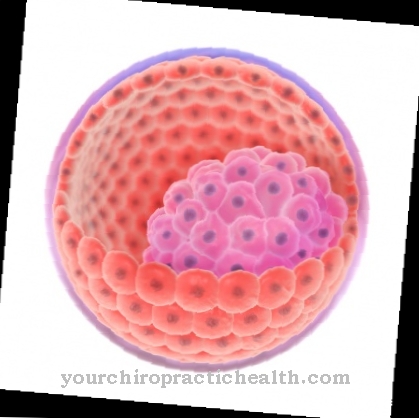

















.jpg)



